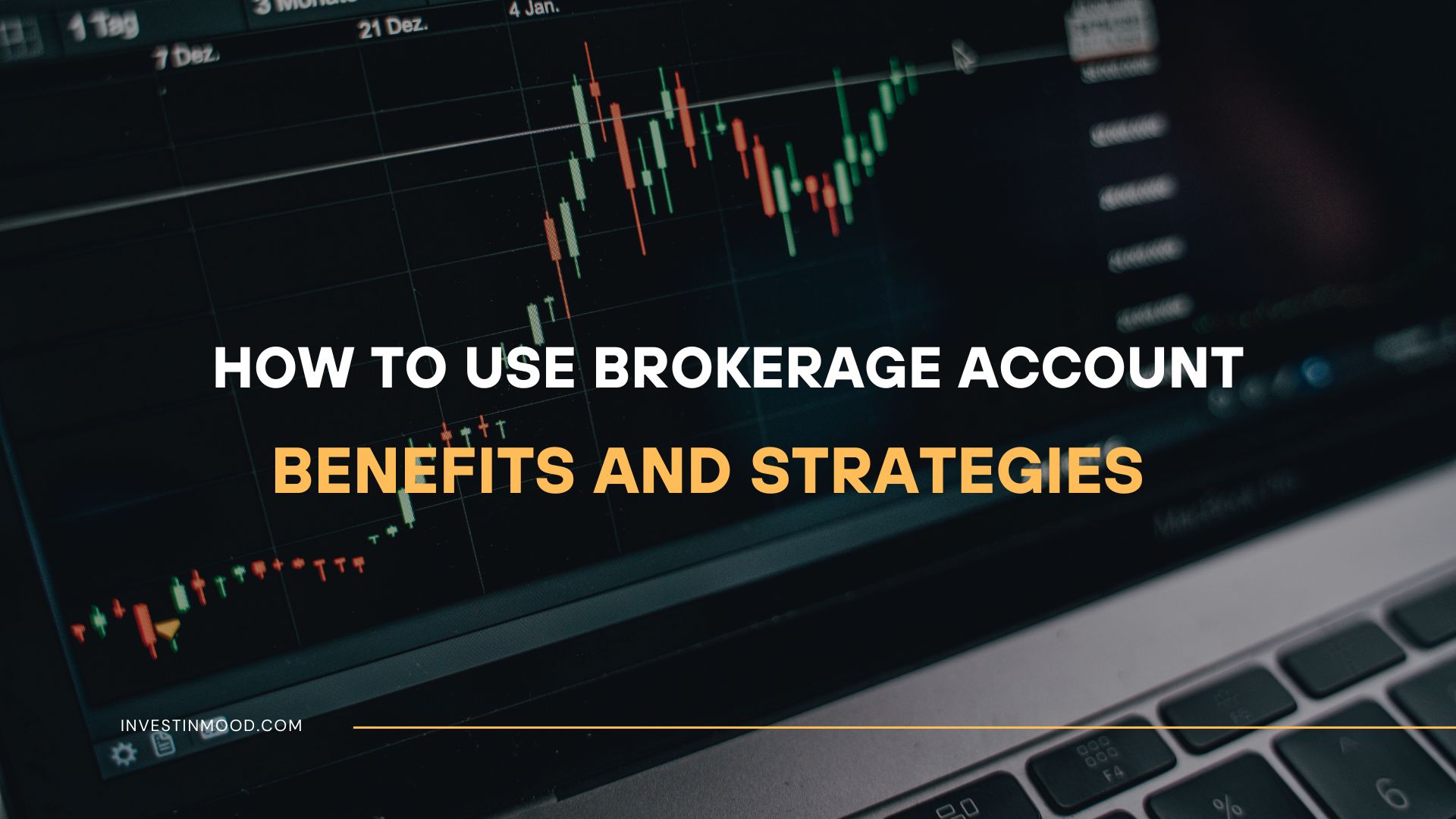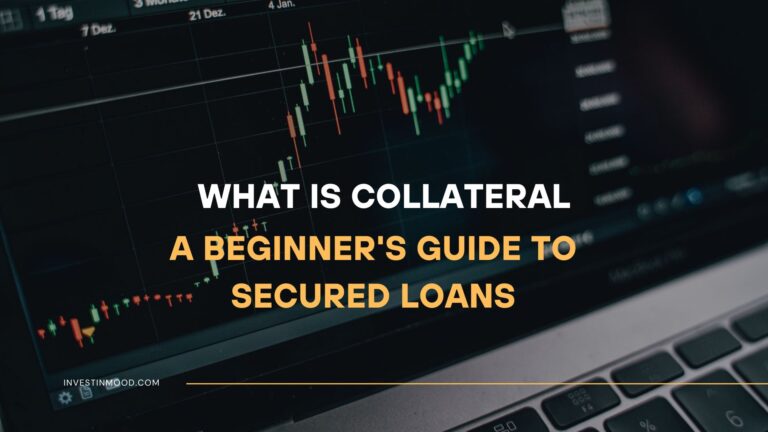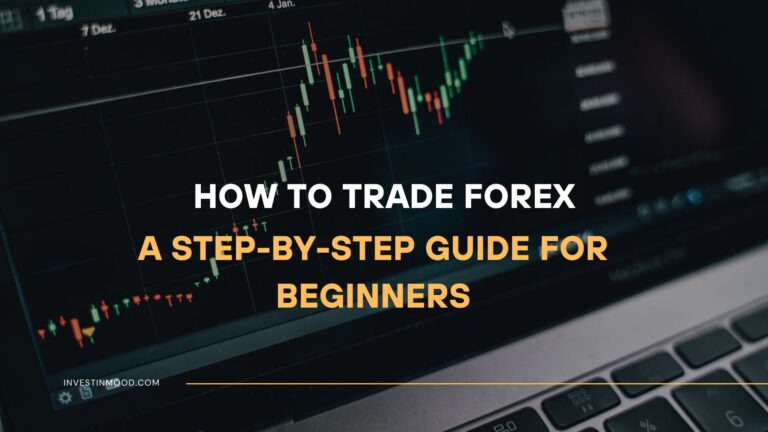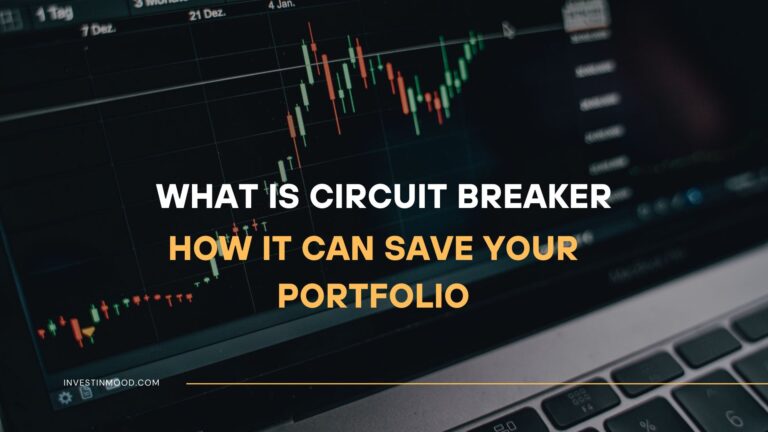
How to Use a Brokerage Account Benefits and Strategies
A brokerage account is your gateway to the financial markets, a specialized platform that allows you to buy and sell investments like stocks, bonds, and funds. It’s the essential tool for building wealth beyond a standard savings account, acting as a bridge between you and major exchanges like the NYSE and NASDAQ.
For investors in the US, UK, Canada, and Australia, opening a brokerage account is the first critical step toward participating in the stock market and securing your financial future, providing access to domestic exchanges and a world of investment opportunities.
Summary Table
| Aspect | Detail |
|---|---|
| Definition | A brokerage account is a type of financial account that allows an individual to deposit funds and place investment orders with a licensed brokerage firm. |
| Also Known As | Trading Account, Investment Account, Securities Account |
| Main Used In | Stock Trading, ETF & Mutual Fund Investing, Retirement Planning (IRAs), Options Trading |
| Key Takeaway | It provides direct access to capital markets, enabling individuals to build and manage their own investment portfolios, distinct from bank savings accounts. |
| Related Concepts |
What is a Brokerage Account
Think of a brokerage account as a specialized “financial workshop.” You fund the workshop, and it gives you the tools (the trading platform) and the access (to the stock exchanges) to build your own portfolio of investments. Unlike a bank account, which is designed for saving and lending, a brokerage account is built for transacting in securities. When you buy a stock, the brokerage executes the trade on your behalf, holds the security in your name (in “street name,” for efficiency), and tracks its value.
Key Takeaways
The Core Concept Explained
At its core, a brokerage account is a relationship of agency. You are the principal, and the broker is your agent, legally obligated to follow your instructions. The account tracks two main things: your cash balance and your security positions. When you place an order, the broker’s system matches it with a seller (or buyer) on an exchange. The settlement process (the official transfer of securities and cash) typically takes two business days (T+2). A high-value account gives you more leverage and potentially lower fees, but even small investors can open an account with minimal funds at many modern brokers.
Visual Aid Suggestion for Section 3: An infographic titled “How a Trade Works: From Your Click to Settlement.” The graphic should show a step-by-step flow: 1. User places a “Buy” order in app. 2. Order sent to brokerage. 3. Brokerage routes order to exchange (e.g., NASDAQ). 4. Order is matched with a seller. 5. Trade is executed. 6. Securities and cash are settled in your account (T+2).
Types of Brokerage Accounts
Not all brokerage accounts are the same. Understanding the spectrum helps you pick the perfect fit.
- Full-Service Brokerage: (e.g., Morgan Stanley, Goldman Sachs)
- What it is: Offers a comprehensive suite of services including financial planning, portfolio management, and retirement planning. You work directly with a financial advisor.
- Best For: High-net-worth individuals who want hands-on, personalized advice and are willing to pay higher fees (commissions, asset-based fees).
- Discount/Online Brokerage: (e.g., Charles Schwab, Fidelity, E-Trade, TD Ameritrade)
- What it is: Provides a platform for self-directed investors to place their own trades. Research and tools are provided, but no personalized advice.
- Best For: Most individual investors who are comfortable making their own decisions and want to minimize trading costs and fees.
- Robo-Advisor: (e.g., Betterment, Wealthfront)
- What it is: A digital platform that uses algorithms to automatically create and manage a diversified portfolio for you based on your risk tolerance and goals.
- Best For: Beginner investors or those who prefer a completely hands-off, automated approach to investing.
Visual Aid for this section: The “Brokerage Account Spectrum” visual described in point 4 of the Visual Aid section.
How to Open and Fund a Brokerage Account
While there’s no formula, the process is systematic. Account Opening = Application + Funding + Trading.
Step-by-Step Account Setup Guide
Opening an account is a straightforward process designed to verify your identity and assess your risk profile, as required by regulators like the SEC and FINRA.
- Choose a Broker: Research and select a brokerage firm that fits your needs (e.g., Fidelity, Charles Schwab, Interactive Brokers, or Vanguard for long-term investors).
- Complete the Application: You’ll provide personal information, including your Social Security Number (or equivalent), employment details, and financial status.
- Agree to Terms: You’ll acknowledge the account agreements and disclosures.
- Verify Identity: This is a standard “Know Your Customer” (KYC) process.
- Fund the Account: Once approved, you transfer money into the account.
- Start Investing: Place your first trade.
For a US-based investor, funding options typically include a bank transfer (ACH), wire transfer, or mailing a check. In the UK, a bank transfer is the most common method. Most major brokers now allow you to start with $0, though some may require a minimum for certain account types.
Example: Funding Your Account
- Action: You initiate an ACH transfer from your Chase checking account to your new Fidelity brokerage account.
- Input Values: Transfer Amount = $1,000 USD.
- Process: The funds are typically available for trading within 1-3 business days.
- Interpretation: You now have a $1,000 cash balance in your brokerage account, ready to be invested in stocks, ETFs, or other securities.
Why a Brokerage Account Matters to Traders and Investors
A brokerage account is the foundational tool for active participation in the economy’s growth. Without it, you’re limited to passive savings and cannot directly own a piece of publicly traded companies.
- For Investors: It’s essential for long-term wealth building through compound growth and dividends. It allows for precise asset allocation across stocks, bonds, and funds, enabling you to build a diversified portfolio tailored to your retirement goals.
- For Traders: It provides the platform and speed necessary for executing various strategies, from day trading to swing trading. Access to real-time data, advanced charting tools, and margin trading is critical for this audience.
- For Everyone: It democratizes finance. Whether you’re investing $50 or $5 million, a brokerage account gives you the same market access as large institutions.
How to Use a Brokerage Account in Your Strategy
Your strategy dictates how you use your account’s features.
- Use Case 1: Passive Long-Term Investing (The “Set-and-Forget” Strategy)
- Action: Use your account to regularly purchase shares of low-cost index funds or ETFs, such as the Vanguard S&P 500 ETF (VOO) or the iShares Core FTSE 100 ETF (ISF.L).
- Account Feature: Set up automatic recurring investments and enable Dividend Reinvestment Plans (DRIPs) to automate the entire process.
- Use Case 2: Active Stock Picking (The “DIY” Strategy)
- Action: Conduct your own research and use your account to buy and sell individual stocks you believe will outperform the market.
- Account Feature: Utilize the broker’s research reports, screeners, and advanced order types (like stop-loss and limit orders) to manage your positions.
- Use Case 3: Retirement Planning (The “Tax-Efficient” Strategy)
- Action: Open a specific type of brokerage account designed for retirement, like an IRA in the US or a SIPP in the UK, within the same brokerage platform.
- Account Feature: Benefit from tax advantages while using the same familiar trading interface.
To execute any of these strategies effectively, you need a reliable and cost-efficient platform. The choice of broker can significantly impact your returns through fees and the quality of tools.
- Direct Market Access Buy and sell a vast array of securities like stocks, bonds, and ETFs.
- High Liquidity Convert your investments to cash quickly, unlike real estate or other assets.
- Full Control You have complete discretion over your investment decisions and portfolio.
- Growth Potential Offers the potential for returns that outpace inflation and savings accounts.
- Learning Platform Provides access to extensive research, tools, and educational resources.
- Risk of Loss You can lose your entire investment principal, as it is not FDIC-insured.
- Tax Complexity Requires you to manage and report capital gains and dividends to tax authorities.
- Potential Fees Commissions, account fees, and other charges can erode your returns.
- Emotional Pitfalls Easy access can lead to impulsive, emotionally-driven trading mistakes.
- No Creditor Protection Assets may be more accessible to creditors than those in retirement accounts.
Brokerage Account Fees: A Detailed Breakdown to Avoid Surprises
While many brokers advertise “commission-free” stock trades, other fees can impact your returns.
- Account Maintenance Fees: A monthly or annual fee for holding an account. Often waived if you maintain a minimum balance or make a minimum number of trades.
- Inactivity Fees: Charged if you don’t place any trades for a certain period (e.g., one year). Becoming less common.
- Transfer Fees (ACAT): The fee to transfer your entire account to another broker, typically $50-$100. The receiving broker will often reimburse this fee.
- Mutual Fund Transaction Fees: While ETF trades are often free, buying or selling certain mutual funds (especially from other companies) can incur a fee.
- Options Contract Fees: While the stock trade is free, you may pay a per-contract fee for options trading (e.g., $0.50 – $0.65 per contract).
- Margin Interest: The interest rate you pay on money borrowed in a margin account. This can be a significant cost if you carry a balance.
Pro Tip: Always read the broker’s full fee schedule before opening an account.
Brokerage Account in the Real World: The Rise of Retail Investing
The period from 2020 onwards serves as a powerful, real-time case study for the power of brokerage accounts. The convergence of commission-free trading from brokers like Robinhood, Charles Schwab, and Interactive Brokers, combined with pandemic-induced lockdowns, led to a massive surge in retail investing.
Individual investors, armed with nothing more than a smartphone and a brokerage app, became a formidable market force. This was starkly evident during the “meme stock” phenomenon, where communities on Reddit’s WallStreetBets collectively drove up the prices of heavily shorted stocks like GameStop (GME) and AMC Entertainment (AMC). These events were executed entirely through standard, taxable brokerage accounts, demonstrating how these platforms have democratized market access and influence.
In the US, this period saw record-breaking account openings at major brokers. The episode highlighted both the power and the perils of easy access to trading, drawing scrutiny from regulators like the SEC and lawmakers, underscoring the importance of understanding the tools at your disposal.
Visual Aid Suggestion for Section 8: A two-panel chart. The left panel shows the meteoric rise in the GameStop (GME) stock chart in January 2021, with a massive volume spike. The right panel shows a screenshot of a popular brokerage app’s home screen from that time, highlighting the intense social discussion and price movement alerts.
Conclusion
Ultimately, a brokerage account is more than just an app or a website; it is the engine of your personal wealth-building journey. It offers unparalleled access and control, allowing you to participate directly in the global economy. However, as we’ve seen, this power comes with the responsibility of managing risk, navigating taxes, and avoiding emotional decisions. By choosing your broker wisely, defining a clear strategy, and using the account’s features to your advantage, you transform this financial tool from a simple conduit into a powerful ally for achieving your long-term goals.
Ready to put these concepts into action? The right brokerage platform is essential. To help you get started, we recommend comparing features, fees, and user reviews on authoritative sites like The SEC’s Investor.gov or The Financial Conduct Authority (FCA) register in the UK to find a firm that is properly licensed and regulated.
How a Brokerage Account Relates to Other Concepts
It’s crucial to distinguish a standard brokerage account from other common financial accounts.
| Feature | Brokerage Account (Taxable) | Individual Retirement Account (IRA) |
|---|---|---|
| Tax Treatment | Taxable annually (capital gains, dividends). | Tax-advantaged (tax-free growth or deductions). |
| Contribution Limits | None. | Yes (e.g., $7,000 for 2024 in the US). |
| Withdrawal Rules | No penalties for withdrawal at any time. | Penalties for early withdrawal before age 59½. |
| Primary Use | General investing, short & long-term goals. | Specifically for retirement savings. |
Related Terms
- Robo-Advisor: A digital platform that provides automated, algorithm-driven financial planning services with little human supervision. It often uses a brokerage account as the underlying vehicle for holding investments.
- Dividend Reinvestment Plan (DRIP): A program that allows investors to automatically reinvest their cash dividends into additional shares or fractional shares of the underlying stock, typically managed within the brokerage account.
- Margin Account: A type of brokerage account that allows the investor to borrow money from the broker to purchase securities, using their existing investments as collateral. This introduces leverage and significantly increases risk.





